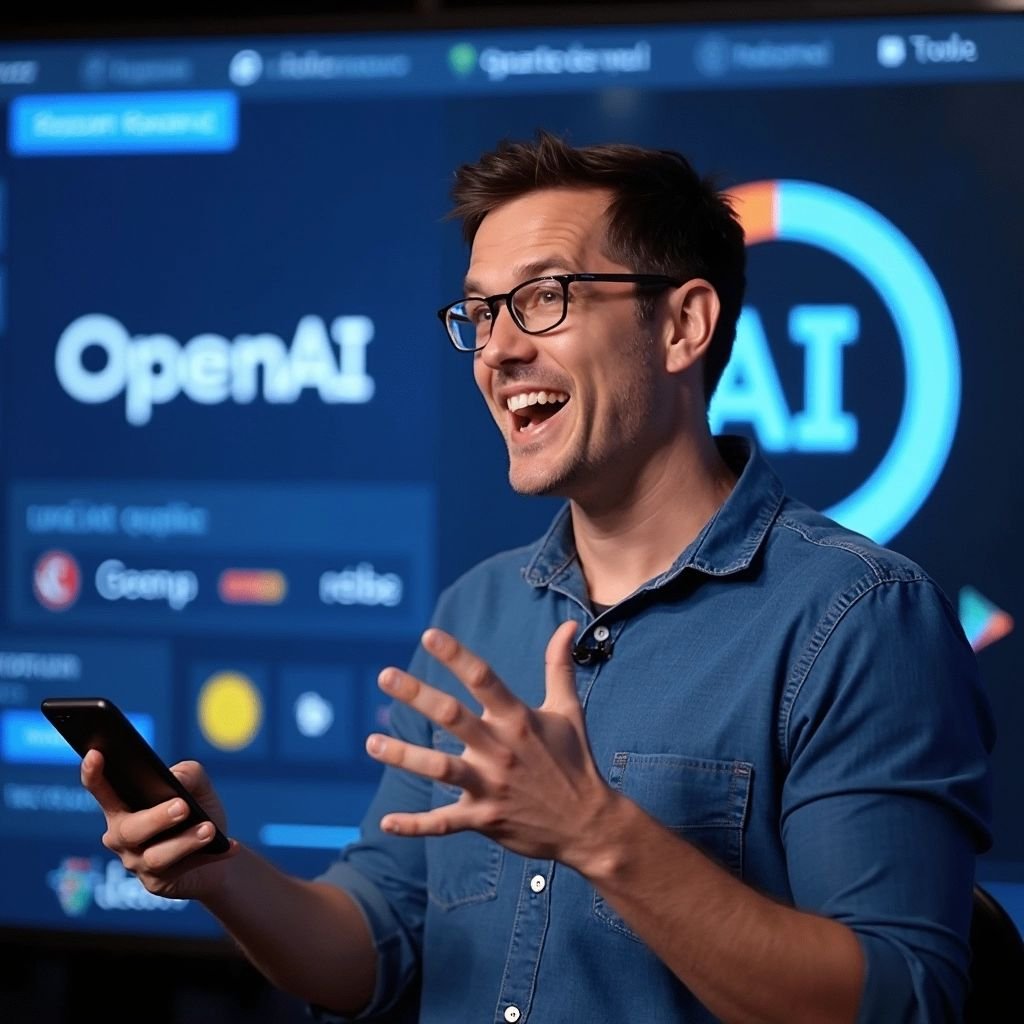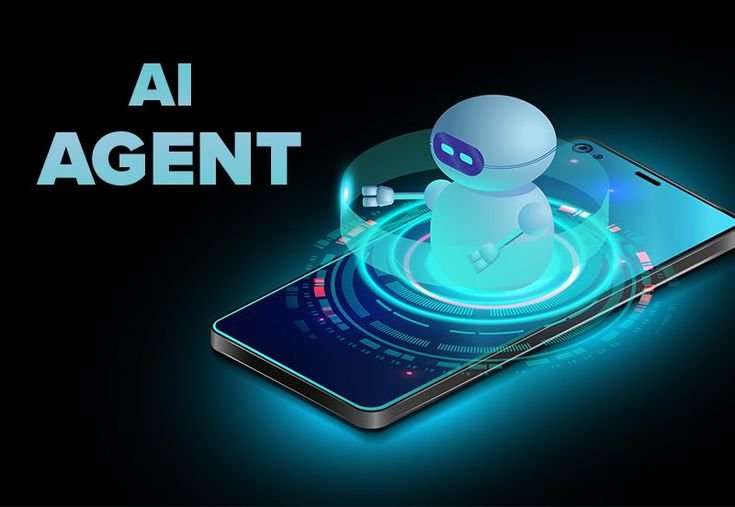1. Introduction
Artificial Intelligence (AI) has rapidly evolved from a futuristic idea into a daily reality. With the launch of OpenAI Agent Builder, this transformation has reached a new milestone. OpenAI’s latest update introduces a revolutionary tool that allows users — both technical and non-technical — to create, customize, and deploy their own AI agents effortlessly.
The OpenAI Agent Builder is designed to make AI creation as easy as building a website or setting up an app. Whether you’re a business owner wanting a custom customer service bot, a student looking for a study assistant, or a developer experimenting with automation — this platform brings the power of AI to your fingertips.
It combines natural language understanding, automation, and intelligent workflows into a single intuitive interface. With this update, OpenAI has redefined how people interact with AI systems, removing complexity and adding creativity. Let’s explore how to set it up, what makes it special, and how you can start using it today.
2. OpenAI Agent Builder Update: How to Install?
Installing or accessing the OpenAI Agent Builder is simpler than you might think. Since it’s a cloud-based platform, there’s no need for local installation. Everything runs seamlessly through your web browser. Follow these steps to start building your AI agent in just a few minutes:
- Go to the OpenAI website:
Visit and sign in with your OpenAI account. If you don’t have one, you can create a new account for free. - Access the Agent Builder Section:
Once logged in, navigate to the “Agent Builder” section from the dashboard. - Start a New Agent Project:
Click on “Create New Agent” and choose your base model (such as GPT-4 or GPT-5). You can also pick from pre-built templates designed for various use cases like marketing, education, or customer support. - Customize Your Agent:
Add goals, personality traits, knowledge bases, and instructions. You can upload your own documents, integrate APIs, or connect with tools like Notion, Google Drive, or Slack. - Preview and Deploy:
Test your agent in the built-in chat environment. Once satisfied, deploy it via a shareable link or integrate it with your website or app. - Subscription Plans:
Free users can experiment with basic options, while paid subscribers can unlock advanced memory, integrations, and analytics.
The entire setup process is guided — no coding required. Within minutes, you can have a fully functioning AI agent customized for your needs.
3. OpenAI Agent Builder Overview (Table)
Here’s a clear overview of everything you should know about the OpenAI Agent Builder update — from features to accessibility:
| Category | Details |
|---|---|
| Tool Name | OpenAI Agent Builder |
| Developer | OpenAI |
| Launch Year | 2025 |
| Platform Type | Web-based (Cloud platform) |
| Supported Models | GPT-4, GPT-4o, GPT-5 |
| Installation Requirement | None (Browser access only) |
| User Type | Developers, businesses, educators, creators |
| Customization Options | Goals, instructions, tools, data sources |
| Integration Support | APIs, Slack, Notion, Google Workspace, CRM systems |
| Pricing Model | Free and Paid tiers |
| Data Privacy | Secure cloud encryption, user-controlled access |
| Main Features | No-code agent builder, memory, automation workflows |
| Performance | Real-time responses with contextual learning |
| Interface | Drag-and-drop, easy customization dashboard |
| AI Training Input | Text, files, links, or structured data |
| Launch Availability | Global |
| Primary Purpose | To enable custom AI agents for personal or business use |
4. OpenAI Agent Builder Key Features
The OpenAI Agent Builder is packed with advanced features that make creating intelligent assistants easier than ever. Each feature is built around three goals: simplicity, customization, and scalability.
1. No-Code Customization
You don’t need to be a programmer to build an AI agent. The intuitive interface uses simple drag-and-drop elements. You can define goals, upload files, and connect data sources without writing a single line of code.
2. Memory and Contextual Awareness
Your AI agents can now remember past interactions, understand user preferences, and adapt their responses accordingly. This feature makes each chat smarter and more personalized over time.
3. Integration with External Tools
The Agent Builder seamlessly integrates with popular apps such as Google Docs, Slack, Notion, and CRMs. This allows your agent to retrieve, analyze, and act on real-time data.
4. Real-Time Analytics
Track your agent’s performance through detailed analytics dashboards. You can see engagement statistics, most-used commands, and conversation success rates — helping you refine your AI strategy.
5. Advanced AI Models
Powered by GPT-5, the system understands complex queries, emotions, and multi-step reasoning. It can even generate reports, summarize meetings, or execute custom commands based on your workflow.
6. Security and Data Privacy
All agents operate under strong encryption standards. Users control how their data is stored, shared, and deleted — ensuring complete transparency and trust.
Together, these features make the OpenAI Agent Builder one of the most versatile and user-friendly AI creation tools available today.

5. How to Join the OpenAI Agent Builder Update
Joining the OpenAI Agent Builder is open to everyone — from casual users to enterprise developers. Here’s how you can start using it right now:
- Visit the Official Platform:
Go to access it via your OpenAI dashboard. - Sign In or Create an Account:
Use your existing OpenAI credentials or sign up for a free account. - Access Beta or Public Version:
OpenAI is gradually rolling out updates. If you don’t see Agent Builder yet, sign up for early access from the “Join Waitlist” section. - Select Your Subscription Plan:
- Free Plan: Ideal for basic agents and testing.
- Pro Plan: Unlocks memory, integrations, and analytics.
- Enterprise Plan: Custom agents for businesses and organizations.
- Start Building Your First Agent:
Once inside, click “Create Agent,” give it a name, and customize everything — from tone to personality to data sources. - Test, Train, and Share:
Use the built-in sandbox to test how your AI performs before sharing it with others.
It’s that simple — no complex setup, no downloads, and no steep learning curve. Anyone can start building and sharing smart assistants in minutes.
6. OpenAI Agent Builder: Supported Devices
Unlike traditional software, the OpenAI Agent Builder is designed for universal access. Since it’s web-based, it doesn’t depend on hardware or operating systems. Still, here’s a quick guide to supported devices and browsers:
| Device Type | Supported Versions | Requirements |
|---|---|---|
| Desktop (Windows/macOS/Linux) | Chrome, Edge, Firefox, Safari | Internet connection, modern browser |
| Mobile (Android/iOS) | OpenAI app or mobile browser | Stable internet access |
| Tablets (iPad/Android) | Latest browser or OpenAI app | Touchscreen supported |
| Smart Assistants | Connected via API | Requires API configuration |
| Enterprise Systems | Via integration APIs | OpenAI API key & admin access |
Since it’s fully cloud-based, performance doesn’t depend on your device’s hardware. Whether you’re using a high-end computer or a mobile phone, you’ll experience smooth and consistent operation.
For enterprise-level users, OpenAI provides dedicated servers and integration APIs, ensuring secure and scalable AI deployment.
7. Conclusion
The OpenAI Agent Builder marks a turning point in how people interact with artificial intelligence. By simplifying AI creation, it empowers anyone — regardless of technical expertise — to develop intelligent systems that can learn, assist, and adapt.
From automating workflows to managing customer queries and enhancing productivity, this tool opens new doors for innovation. It’s not just a feature update — it’s a movement toward accessible AI creation, where every individual or organization can shape their own digital assistant.
With robust privacy controls, advanced integrations, and real-time learning, OpenAI has once again proven its commitment to transforming the AI landscape. The OpenAI Agent Builder isn’t just an update — it’s the beginning of a smarter, more connected world.

